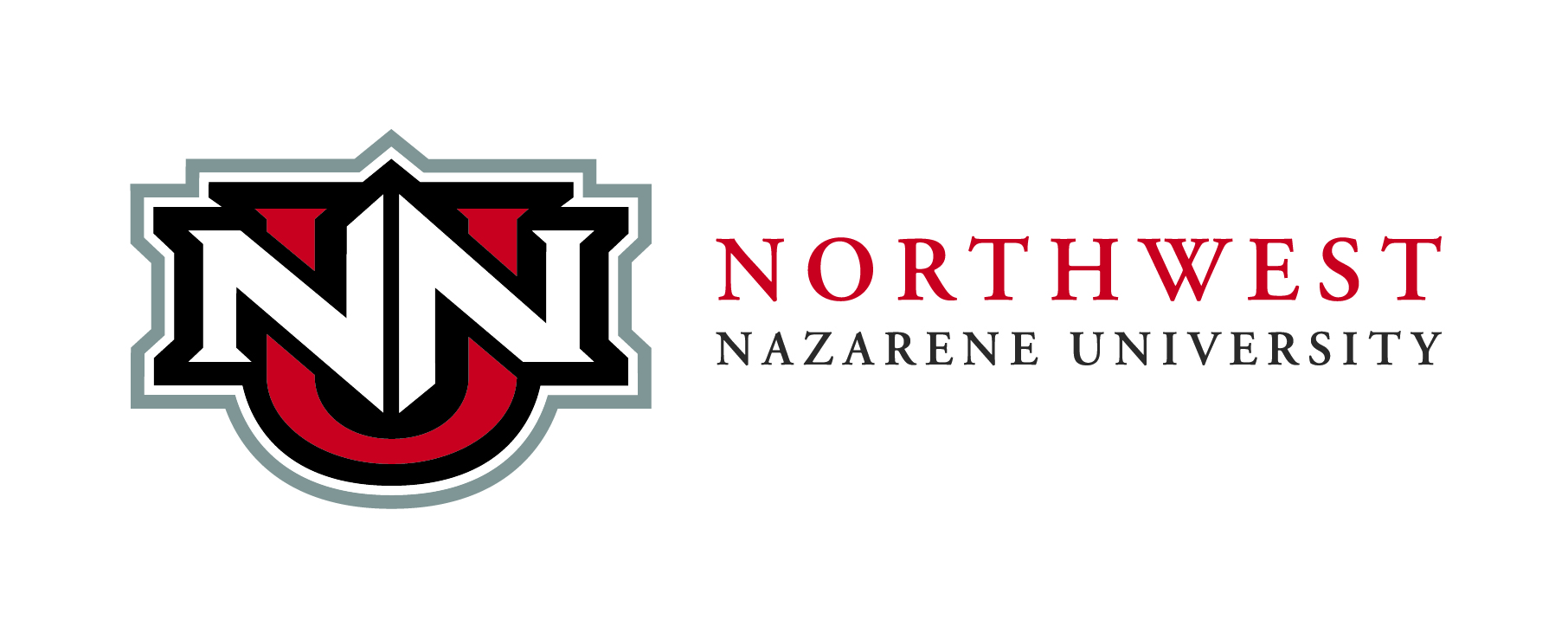- Resource Types
- Resource Languages
- Institutional Repository
 Visit the home page
Visit the home page
About Site Language
WHDL is viewable in multiple languages. Use the pull-down menu to select a language to view the site.
I changed my language, but I’m still seeing resources in the other languages?
If a resource or text has not been translated into your selected language, it will appear in the initially added language. We are always looking for help translating these resources. If you can help, contact us!
WHDL - 00013546
click to copy
Chavez, A (n.d.). Application of Robotic Turf Mowing .
Chavez, AleeshaApplication of Robotic Turf Mowing . , n.d.
Chavez, AleeshaApplication of Robotic Turf Mowing . , n.d.
Chavez, AleeshaApplication of Robotic Turf Mowing . , n.d.
Submitted to the Department of Mathematics and Computer Science in partial fulfillment of the requirements for the degree of Bachelor of Science
Traditionally turf fields are mowed two times a week, and cost up to 60 dollars an acre a month, which annually ends up costing a turf company that averages 30 acres 43,000 dollars and up. Turf companies have to deal with high labor costs, keeping up with maintenance of machinery, and spending precious time on lawn upkeep. A need exists for more efficient ways for companies to mow. The purpose of the project was to create a robotic turf mower that can cleanly mow acres of grass at a time, with no human help, and then to look into the potential benefits and applications of using a robotic mower for turf fields and other large grass fields, instead of mower operated by man. Initial efforts were focused on programming development on a prototype robot model provided by Green Cut Robotics (GCR). Results show promise in precise lawn mowing capabilities with pre-determined coordinates for accurate and straight-line lawn mowing. Further work will need to be done for cases when the GPS has no signal, and for the robot to have the capability of motion detection. Results strongly support the full functionality of a robotic mower that a turf company money and time by cutting operation costs, and having the capability to move outside the turf field domain.74 Resources
1998-1999
1999-2000
2006
2022